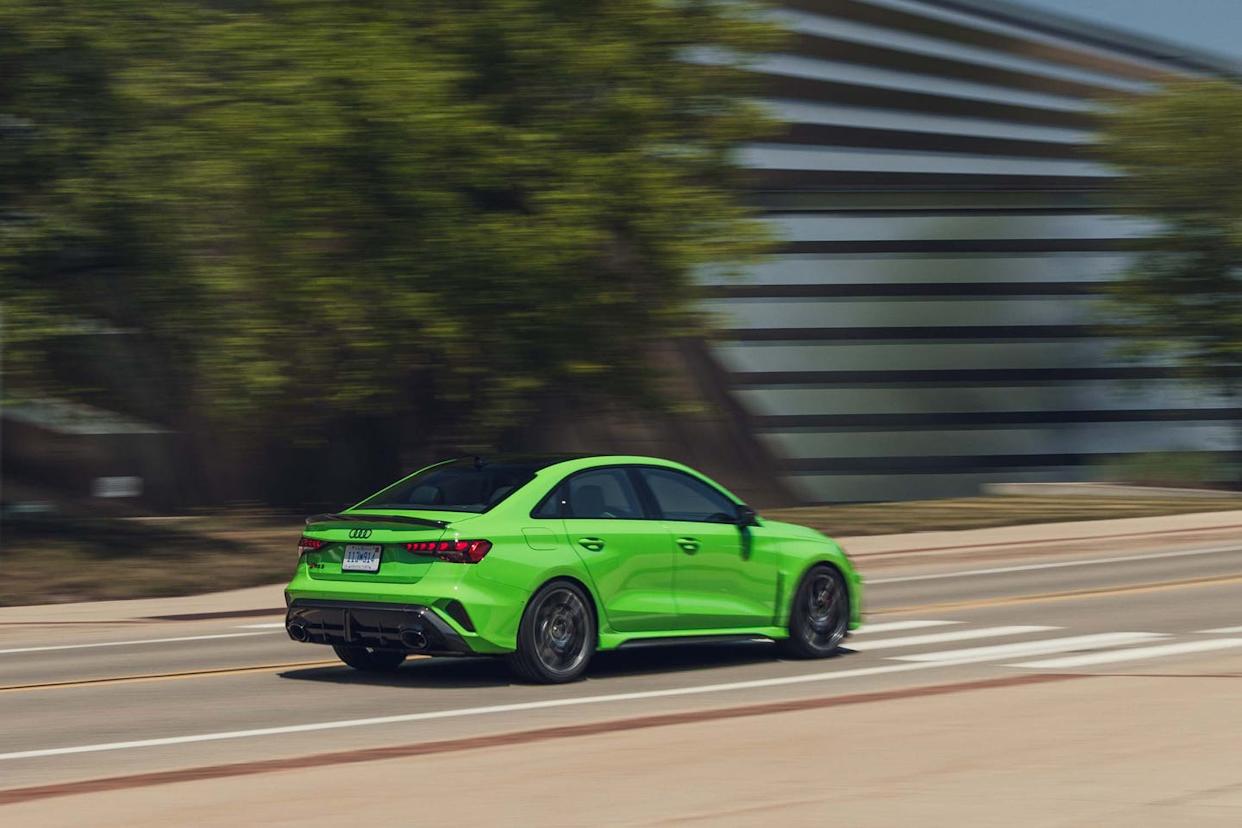
8/4/25 UPDATE: This review has been updated with instrumented test results.
Ramping up the power is one way to get around a track faster, but a straight-line missile can trip over its own rubber-soled feet once a corner shows up. It's vital to balance power with agility to squeeze out those all-important seconds. The 2025 Audi RS3 performance sedan's mid-cycle upgrades leave the engine untouched, keeping output the same as in years past, but changes elsewhere boost the supersedan's handling chops, whether on the road or the track.
What's Changed for 2025?
The diminutive RS3 brings a host of visual updates for 2025, many of which echo recent refreshes for larger Audis such as the Q7 and Q8. The headlights have been tweaked and now offer several user-changeable running-light designs. A new front bumper has larger air inlets, while a new rear bumper picks up a large rear diffuser with a vertical reflector embedded within, something Audi tells us will become a staple of its future RS offerings. New paint and wheel choices—the latter carrying inspiration from the RS3 LMS race car—round out the exterior's updates.
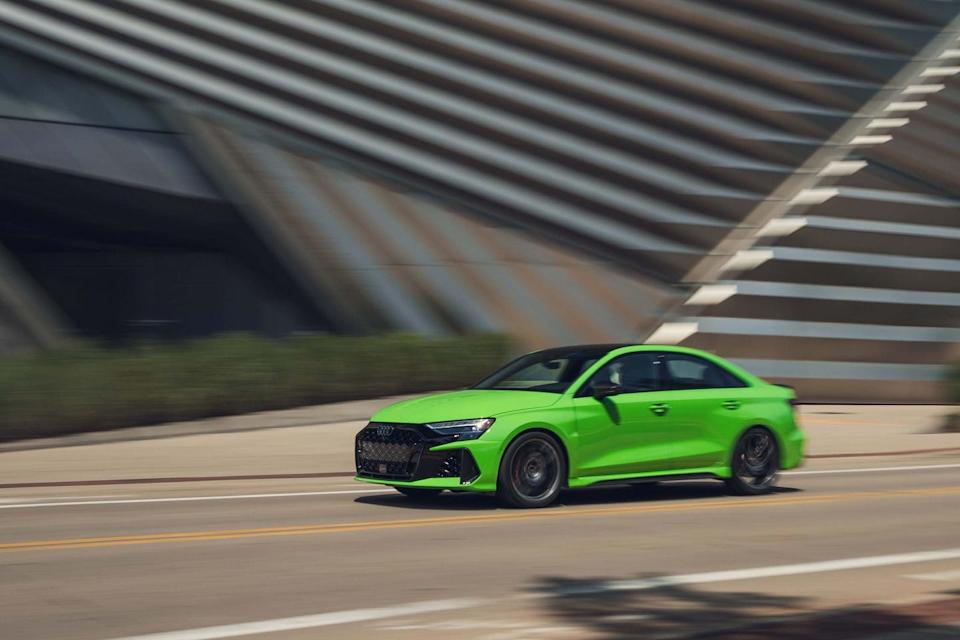
The interior changes are easier to notice at a glance. A new squarish steering wheel has a flat top and bottom, along with bright red buttons for quicker access to the RS3's performance modes. Audi's long-running gauge display earns a new tachometer design, and there's plenty of dark-chrome and carbon-fiber trim elements scattered around the cabin. If the standard sport seats aren't racy enough for you, there's an optional set of RS bucket seats with carbon-fiber backs—provided you live in Europe, as the U.S. market doesn't get these super-supportive chairs. And the shift "lever" has changed from a protrusion to a cleaner-looking slider. The cabin's mass of polygonal styling elements (tiller included) isn't for everyone, though, and some of the plastic trim bits feel of lower quality than you'd expect in a small car costing $64,695 to start, let alone our test car’s $77,045 sticker.
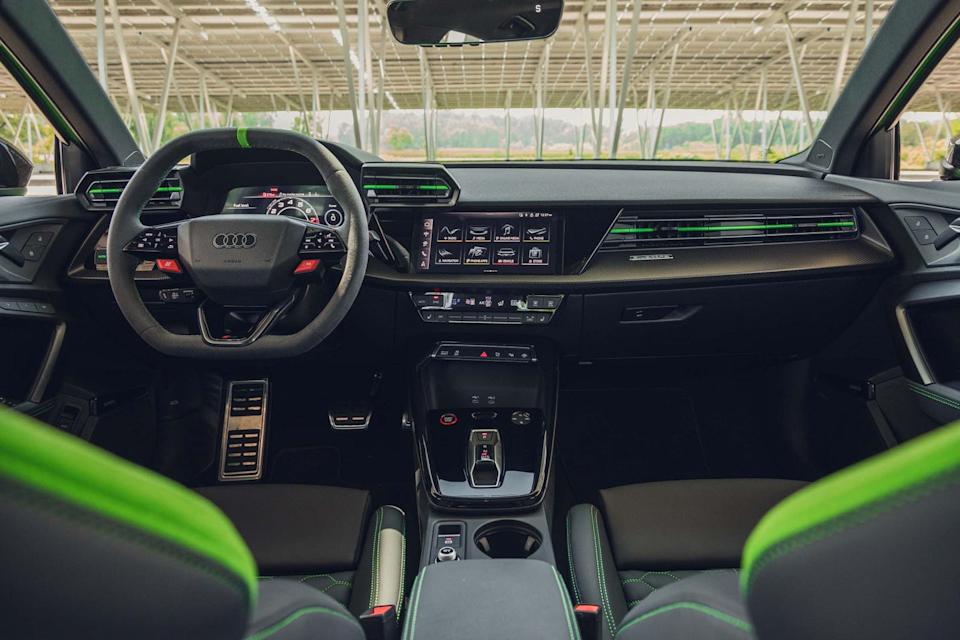
And then there are the changes you can't see. The torque-vectoring rear differential, which involves a pair of multiplate clutch packs to distribute up to 100 percent of the available torque to either rear wheel, gets some algorithmic tweaks. This changes how the unit communicates with the stability control, adaptive dampers, and other systems, the goal being to boost turn-in and improve corner exit speeds. Additional software changes make it easier to induce intentional oversteer, with the car now relying on steering angle instead of simply waiting for the driver to mash the gas pedal.
Finally, a new tire offering via Bridgestone's Potenza Sport or Pirelli's P Zero R—Audi calls them its C-compound—claims to split the difference between the standard summer tires and the hardcore Pirelli P Zero Trofeo R track-oriented rubber. The C-compound shoes promise better wet-weather handling and braking (it didn't rain, so we can't evaluate these claims just yet) while approaching the dry-weather stick of the Trofeo Rs.
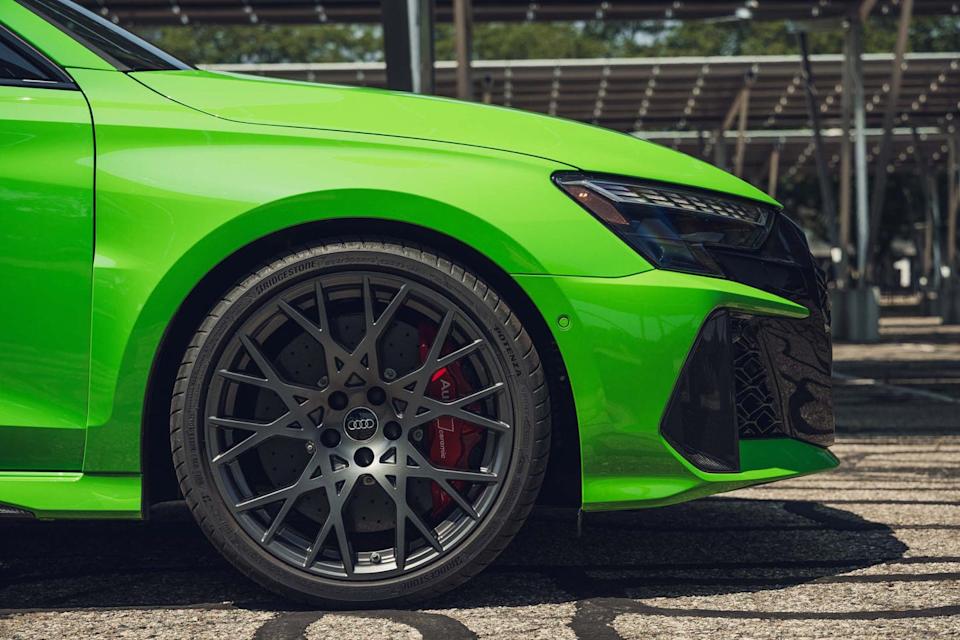
The upgraded differential and the new footwear paid small but noticeable dividends at the test track. Shod in the C-compound Bridgestones (sized 265/30ZR-19 in front, 245/35ZR-19 at the rear rear), our bright-green test car managed a healthy 0.98 g around our skidpad, besting the 2022 model's 0.94 g, which was achieved on a set of Pirelli P Zero PZ4 summers. Our test drivers noted a more neutral character than before on the track sheet, with the RS3 now being more prone to kick its tail out when its stability control is deactivated, yet easier to balance at its grip limit. Along with the upgraded summer tires, a higher 180-mph speed limiter, and a carbon-fiber engine cover, the $5600 Dynamic Plus package also adds 15.0-inch carbon-ceramic front brakes, which together made for a tidy 152-foot stop from 70 mph and a 313-foot effort from 100 mph—some 15 and 23 feet shorter than before.
The RS3's turbocharged 2.5-liter five-cylinder engine continues as before, and that's fine by us. The last of its kind, this five-banger sounds like nothing else on the road and pumps out a healthy 394 horsepower and 369 pound-feet of torque in European trim; Americans get a bit more oomph at 401 horses and 369 pound-feet. Torque is still routed through a seven-speed dual-clutch automatic, though unlike in previous tests, this gearbox seems to be more susceptible to thermal management issues than we remember. Our test car could only handle one launch-control acceleration run at a time before needing a cool-down pass, and after the third full-bore start, launch control simply refused to engage.
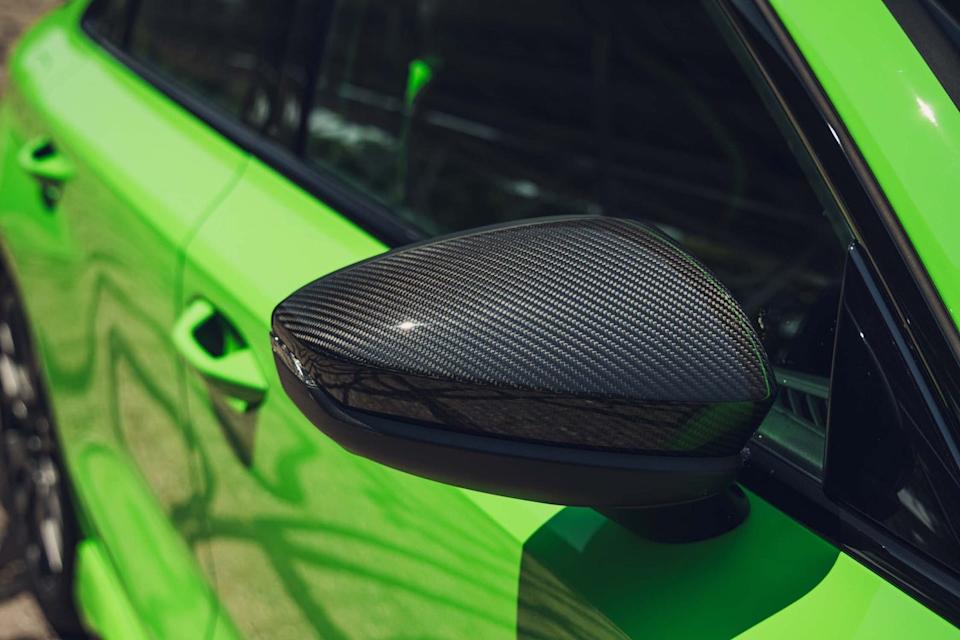
That’s not to say the RS3 isn’t a rocket when it does get going. Audi claims a 3.8-second 62-mph time, but based on our experience, that’s selling the RS3’s capabilities short. The 2022 model we tested posted a 60-mph sprint of just 3.3 seconds, and our 2025 test car managed to squeak past that figure with a 3.2-second run. The new RS3 also shaved a tenth of a second off its 5-to-60-mph time (4.6 seconds) and its quarter-mile pass (11.7 at 118 mph). And yet is still returned an impressive 34 mpg on our 75-mph highway test, beating its EPA estimate by a substantial 5 mpg.
The RS3 is also a noisy little thing, with the option for masochists to turn the knob even higher. In its default mode, our microphones recorded a raucous 81 decibels of five-pot fury at wide-open throttle. When we swapped to the more aggressive RS mode, that number rose as high as 83 decibels.

How It Feels from the Driver's Seat
So, how do all these changes coalesce once you settle into the driver's seat? For starters, the RS3s we drove in Europe were all equipped with the optional carbon buckets, which offered excellent lateral support without being so tight as to disqualify larger folks from fitting comfortably. Even after a couple hours tackling Spanish secondary roads of scattershot quality, we didn't experience any fatigue. Back home, we were treated to the standard seats as the carbon buckets are not available amongst our amber waves of grain. The basic seats weren't as supportive as the composite-based ones, but they're still more than supportive for spirited driving yet plenty comfortable for workday jaunts.
In their softest setting, the standard adaptive dampers effectively soaked up a reasonable amount of underfoot nastiness; the RS3's inherent stiffness still comes through, but not so strongly that it felt like the dampers were filled with cement. That general vibe of smoothness extends beyond the suspension too. Whereas some dual-clutch transmissions can feel sloppy below full tilt, Audi's unit shifted nearly imperceptibly at lower revs when left to its own programming.
There's more than enough handling capability baked into the RS3 that you will likely never approach the edge of its performance envelope on the road. That means every spirited drive is met with loads of mechanical grip, and midcorner bumps don't upset this short-wheelbase sedan.
Circuit Parcmotor Castellolí, for its part, felt like the right place to see what happens when the RS3 is pushed beyond what any reasonable driver would attempt on the street. This 2.5-mile track features some tight corners, along with faster sweepers and one delightful double-apex left-hander. The new C-compound tires and algorithm updates deliver changes that are instantly noticeable. Compared to its pre-refresh form, the 2025 RS3 offers better turn-in, and you can feel that torque-vectoring rear axle overdriving the outer wheel. Combine that with some light braking to the inside wheel, and the whole shebang feels almost eerily sorted at attack pace, even when you accidentally overshoot a braking zone and ham-fist it into a corner amid mild understeer. At the apex, all you need to do is mash the right pedal, point the steering wheel in the right direction, and the RS3 will positively shoot itself onto the next straight.
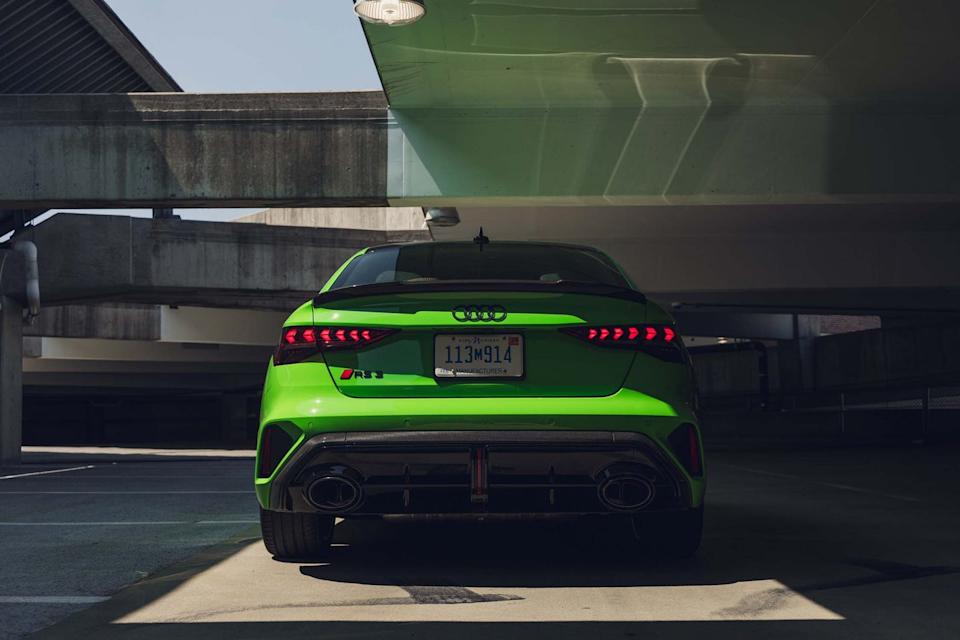
Of course, feeling more buttoned-down in the corners meant the RS3 wasn't initially as lively and raucous as it used to be. But you just have to play with it a little more now. Putting the stability control into ESC Sport mode offers a good amount of lateral leeway, and folks who really want to watch their tires burn can engage RS Torque Rear mode and drift their hearts out. No matter the mode, though, you're met with a Phil Spector–approved wall of five-cylinder sound and a transmission that always seems to be in the right gear at the right time.
It's not hard to feel like a track star in the 2025 Audi RS3. The various upgrades have expanded this sports sedan's envelope, offering greater control on the track while keeping things from devolving into discombobulation on the road. It's a great package, and being the last five-cylinder car available in the U.S. gives the RS3 an extra something special.
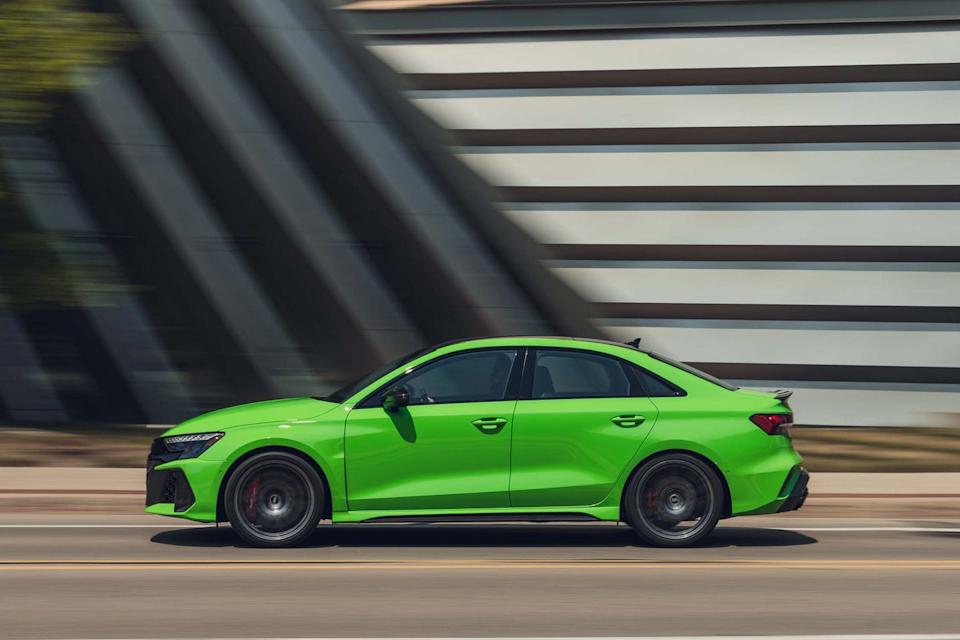
You Might Also Like

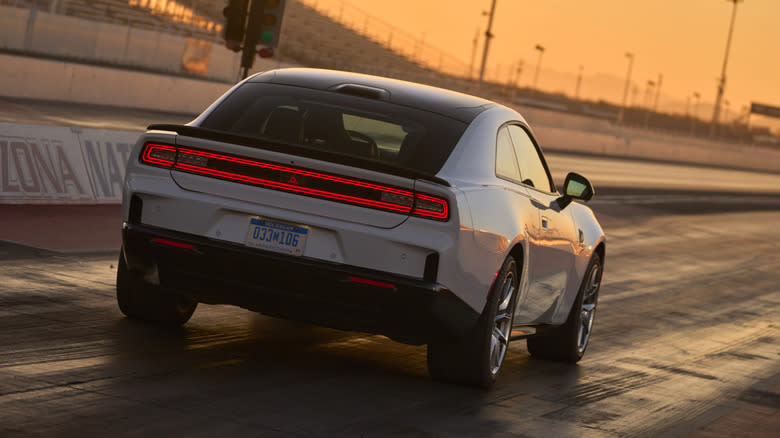
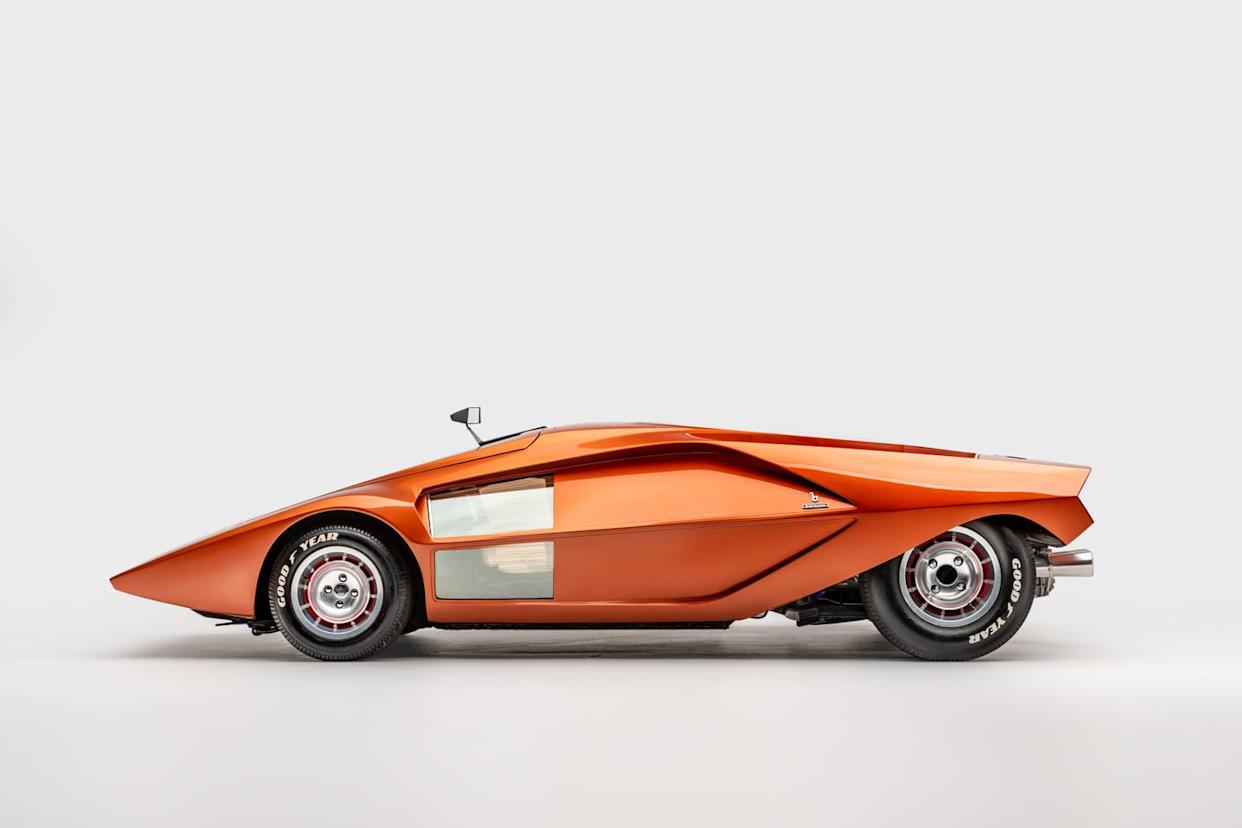
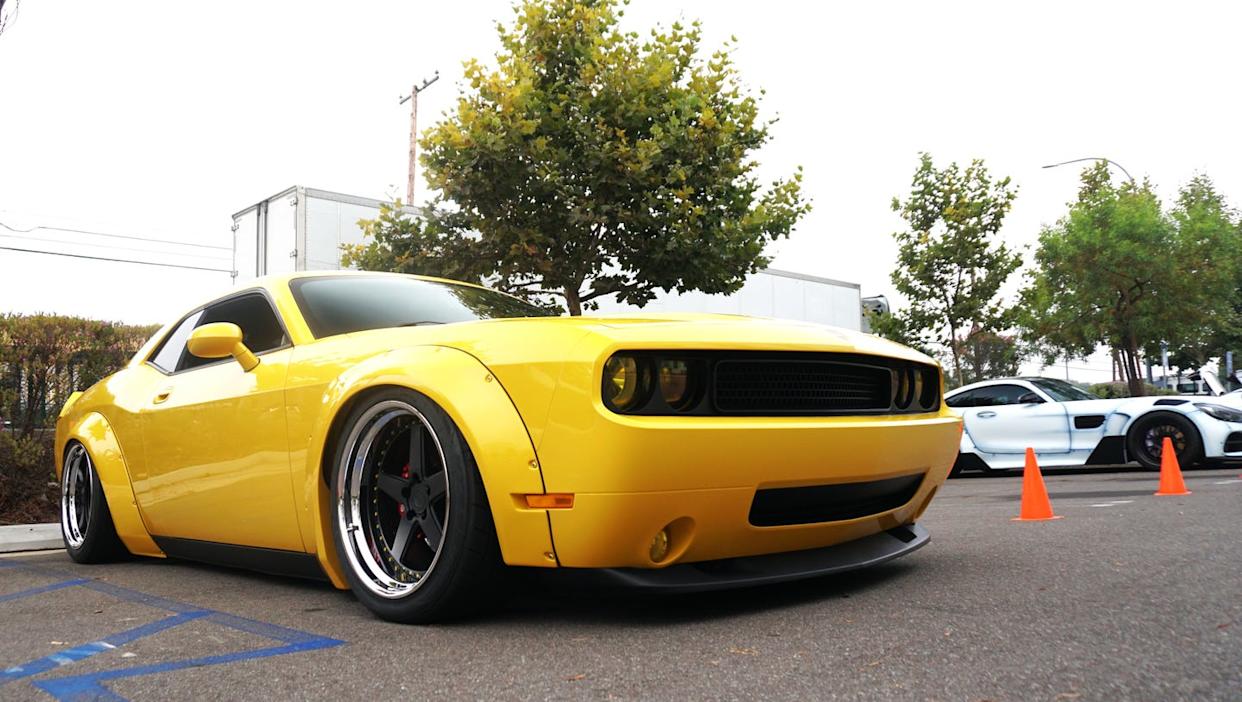
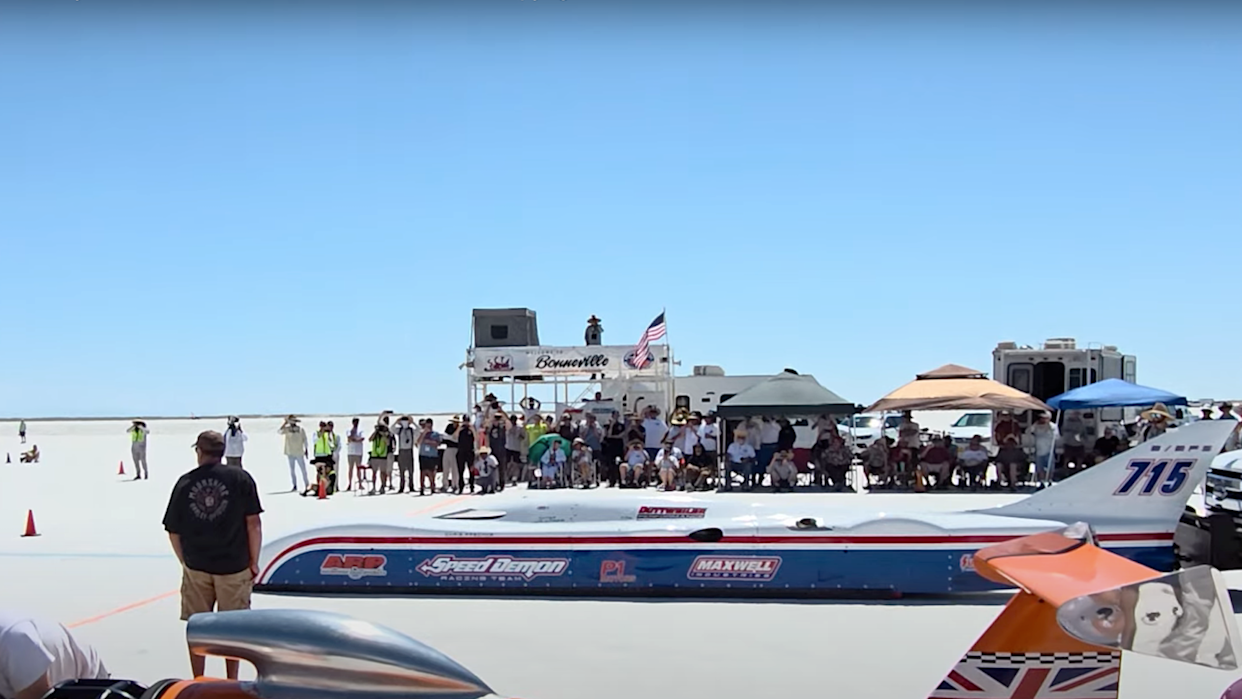
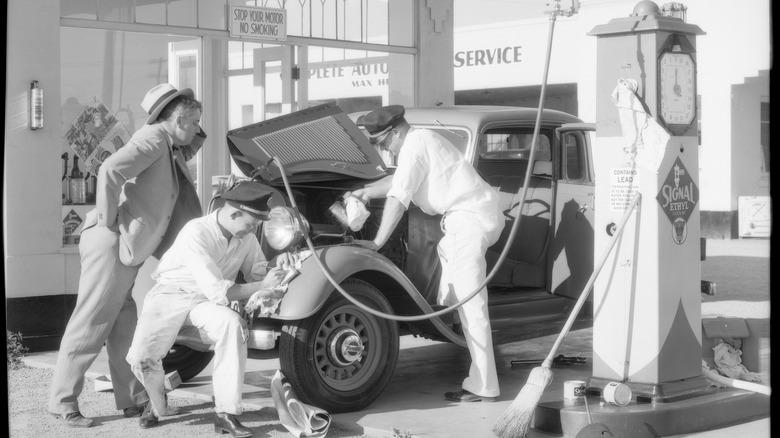

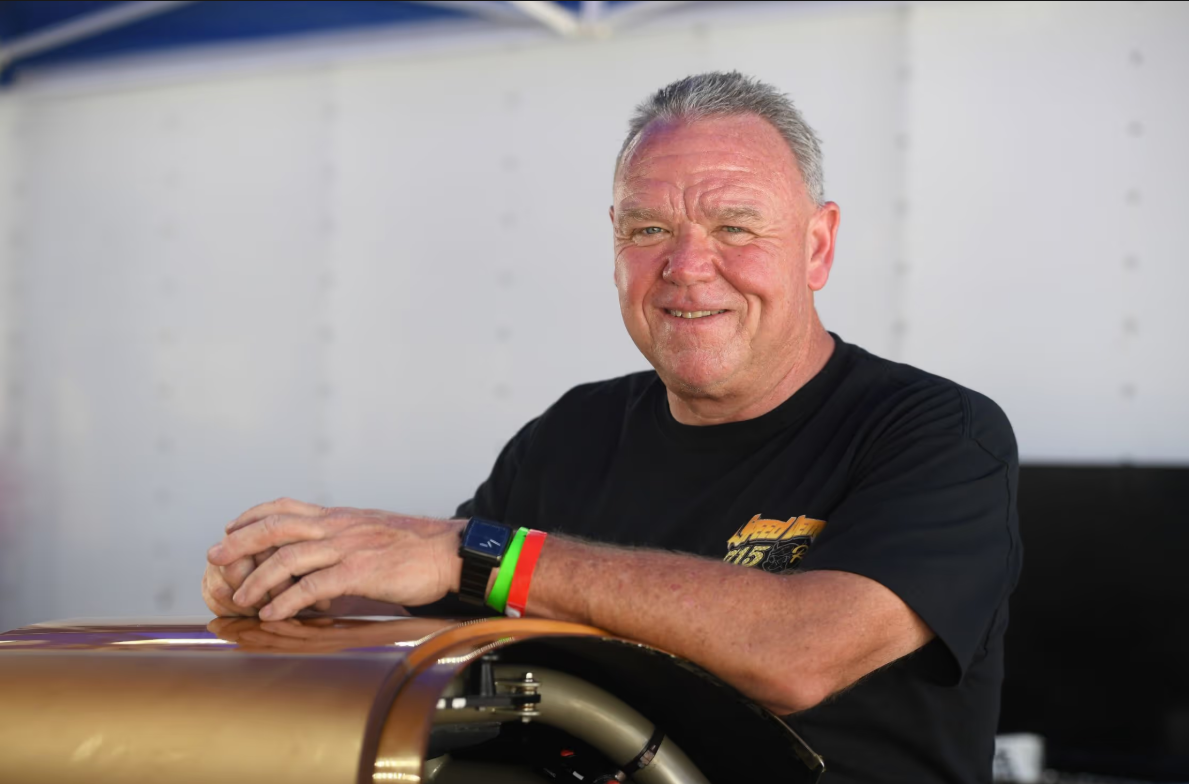
Comments